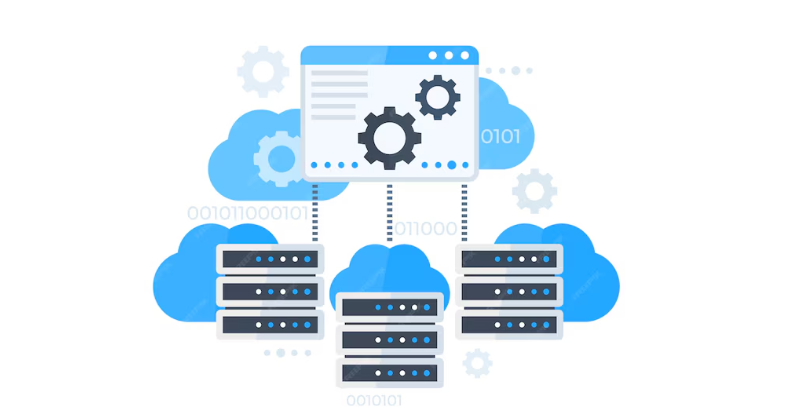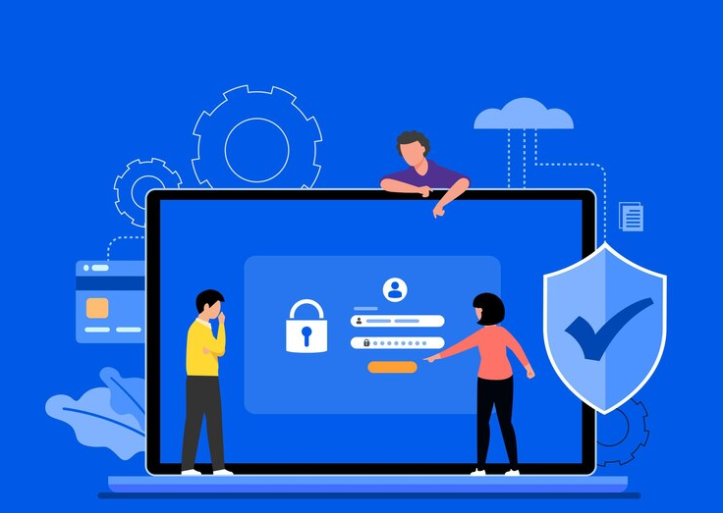How do you ensure software reliability? For understanding that you have to understand what the software reliability is. The extent to which a software program satisfies its requirements is known as software quality. Software of superior quality carries out its intended tasks flawlessly. The degree to which a software system meets user needs, industry standards, and best practices is a measure of software quality.
A number of factors, including functionality, dependability, maintainability, usability, efficiency, portability, and security, are included in the multifaceted idea of software quality. These elements are essential for guaranteeing that the program satisfies user requirements and operates dependably and effectively in various settings.
Types Of Software Reliability
- Does the program operate as intended?
- Has there been an ill-defined “rainy day” situation?
- Is there a “rainy day” failure in usability?
- Is there a breakdown in performance? For instance, a communications protocol’s delayed response time, short battery life, or overuse of bandwidth?
- Does it have what users consider to be reliability? In other words, it does not function as users anticipate. Even if it is technically flawless, users do not trust it.
Disadvantages of Poor Software Reliability
The application determines the risks. For the majority of items, the brand and reputation will suffer. There will be expenses for upkeep and repairs. Additionally, the loss of capability will come with a price.
There may be additional hazards with some equipment.
For example, it can indicate that it can no longer operate properly in items that are essential to safety. If a medical gadget malfunctions, either the patient or the operator could suffer injury. Failure of the airbags in a car could cause harm to the driver or a passenger in an accident or when driving normally.
Devices working in challenging environments, such as a sterile lab, the polar tundra, a desert, underwater, or space, may provide additional repair issues. You’ll need to plan how to do an update or repair if the device itself is inaccessible.
How To Improve Software Reliability?
Here are some of the tips that you can apply as the answering tips of how do you ensure software reliability.
Requirements:
Requirements can cause reliability issues if unclear or unhelpful. To prevent this, conduct requirement reviews and analysis before changes. Use Behaviour-Driven Development (BDD) to clarify requirements. Early testing at the end of each Agile sprint helps identify reliability issues. Record requirements using a universal language and in a version-controlled document to avoid confusion.
Testing:
Testing, such as exploratory, regression, and performance testing, helps boost trust in the product’s dependability. Before release, testers can identify and report problems.
Common problems that have eluded internal testing can be found through user testing. Customers do not always use the product as you anticipate. In this case, UX methods can assist in identifying issues that testers might overlook.
Although testing plays a crucial role, it cannot ensure quality on its own. Reliability is impacted by code quality.
Design Reviews:
Design reviews entail assessing suggested design modifications to make sure they make sense and don’t inadvertently impact other areas. Sometimes, just having the discussion can spark new ideas for more effective approaches.
Code Quality Practices:
Code reviews and coding techniques can enhance code quality, resulting in fewer defects and improved reliability. Passing regression tests and adhering to coding standards improves readability and habitability, reducing the risk of accidentally introducing defects. Agile techniques, such as pairing or ensemble working, and Test-Driven Development (TDD), help clarify intent and reduce error risks. Defensive coding techniques, such as agreements, fixed versions of third-party software, and handling memory overflows, can also improve reliability. Assertions in code can also be used to check product readiness before attempting an operation.
Risk Assessments:
Throughout development, check for unforeseen implications at regular intervals. An assessment could be conducted at the beginning of the project and then reviewed regularly. Examining indicators like performance outcomes, mean time to failure, or defect count may also be part of it.
Risk evaluations may also be necessary during important design stages. Will any other parts of the code be affected by this change?
To confirm your assumptions, do product risk assessments. Are you creating something that satisfies the needs of the users? Is it of good quality?
Assess project risks as well, including communication efficacy and the psychological safety of the product teams.
Fault Recovery:
In safety-critical embedded projects, isolate failing modules to ensure the device’s safety. Use defensive coding to reduce assumptions and add recovery features and watchdogs. Plan for easy device updates to fix issues. Use Failure Mode Effect Analysis (FMEA) to identify potential failure points but be cautious as it may lead to a false sense of security and overlook unknowns.
Compliance and Assurance:
Stakeholders are reassured by compliance procedures that the product is reliable and of high quality. However, dependability is not ensured by compliance alone. However, it will be beneficial. Quality can be raised by adhering to TIR45, which combines development and compliance operations.
Make sure to take into account how to promote psychological safety and the greatest team communication when developing procedures.
In Conclusion
The environments in which embedded systems operate can differ greatly. When something is accessible, like a system in an automobile engine, fixing a system breakdown is rather simple. But an infrastructure or a deep-sea submersible? Reliability is essential since failure can be far more difficult to manage. Hope you get the answer of how do you ensure software reliability and avoid failing spots.
These failure spots can be found using a variety of assessment methods. They don’t, however, always provide a clear mechanism to identify them as a project moves forward or procedures to help address or avoid them in the first place.
Read Also:




